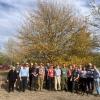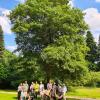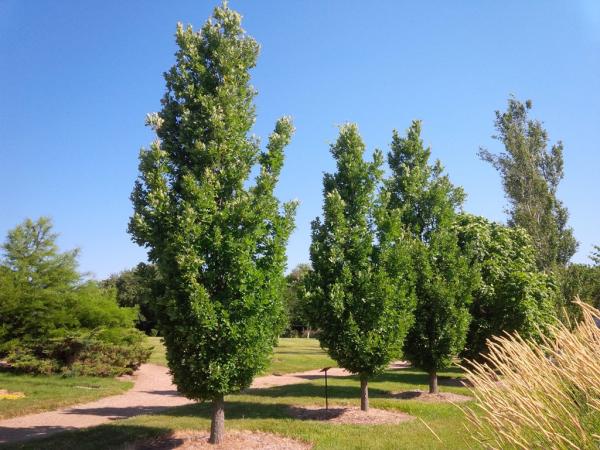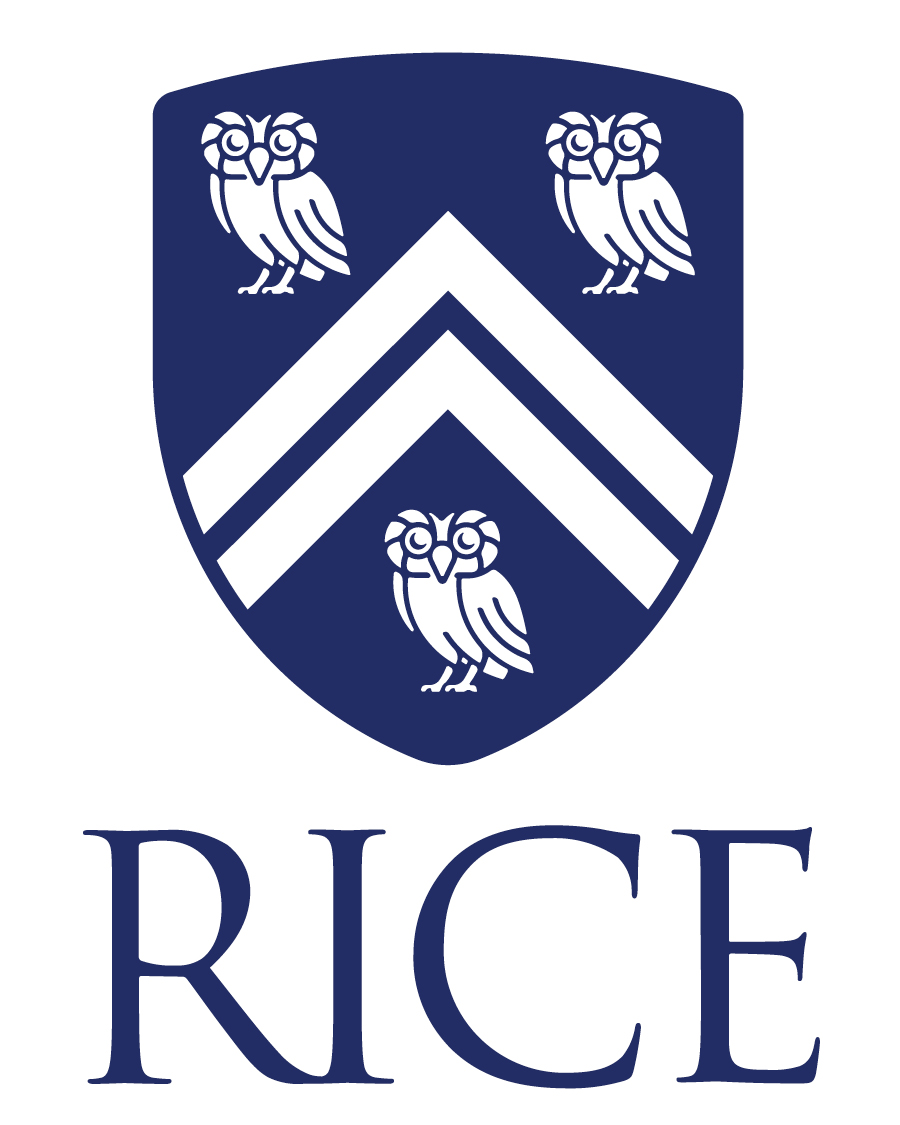Editor's Picks
Plant Focus
Four IOS members have volunteered to serve on the Board of Directors during the 2025–2028 term. Together with seven Directors from the current Board who have chosen to remain on the Board for the next term, they will stand as candidates to be elected at the Meeting of Members to be held on October 6th during the 11th IOS Conference in Oaxaca, Mexico. You can learn more about the four new candidates by reading their statements below. The statements of all candidates volunteering for the 2025–2028 Board of Directors can be viewed here.

Adam Black is currently Director of Horticulture and Plant Conservation at Bartlett Tree Research Labs and Arboretum in Charlotte, North Carolina, which enables his passion for plant exploration, botany and conservation horticulture. Among his diverse botanical interests, oaks have always figured prominently through most of his life, beginning with a fascination with the sandhill scrub oaks of his home state of Florida which then shifted to a decades-long path attempting to understand the complexities of the west Texas red and white oak syngameons and their conservation, culminating in recent years as part of a collaborative team of researchers making great strides in this arena. In his role at Bartlett, he is assisting with build conservation germplasm collections of various species of oaks from around the world, along with facilitating their research among colleagues as well as through Bartlett’s own recent expansion into botanical research. As a member of the IOS board of directors, Adam aims to further support the safeguarding of the world’s oaks and support continued research to better understand the phylogenetic mysteries that abound within the genus.

Michael Eason is the Vice President of Conservation and Collections at the San Antonio Botanical Garden, where he leads wide-ranging conservation initiatives focused on the native flora of Texas and the greater Southwest. His work includes plant material collection, seed banking and propagation, accession management, and the development of new conservation-focused infrastructure and partnerships. Over the course of his career, Michael has conducted botanical surveys throughout Texas, the southwestern United States, and northern Mexico—documenting rare and endemic species, leading floristic assessments, and supporting habitat restoration efforts. While living in West Texas, he also worked extensively in native landscape design and installation, applying his plant knowledge to both public and private projects. His background spans field botany, horticulture, and public garden leadership, with a strong emphasis on connecting scientific work to applied conservation. Michael's introduction to the International Oak Society came in 2022, when he co-led a pre-conference field tour in West Texas. Since then, he has become actively involved in growing the Society’s certified oak collection at SABG, which now includes over 120 taxa from across the U.S. and beyond. His work with oaks includes wild collection, propagation, herbarium documentation, and accession tracking through IrisBG and ArcGIS. Prior to his time at SABG, Michael spent over a decade at the Lady Bird Johnson Wildflower Center, where he managed major projects including the Millennium Seed Bank Partnership, the Floristic Survey of Big Bend National Park, and the Ferns of the Trans-Pecos. He is the author of Wildflowers of Texas (Timber Press, 2018), and is currently writing a companion volume on the flora of western Texas. He also serves as the State Botanist for the Native Plant Society of Texas and has held multiple leadership roles within the organization. Michael is eager to contribute his experience in field botany, public garden leadership, and plant conservation to the IOS Board, and is especially interested in supporting the Society’s education, outreach, and mentorship efforts.

Elizabeth Thomas first became involved with the IOS during her time working as Plant Recorder for Polly Hill Arboretum (PHA). Through that role, she began planning and participating in field expeditions with the Global Conservation Consortium of Oak (GCCO) focused on threatened oaks of the southeast US. In 2022, she had the privilege of joining the field team led by the Morton Arboretum and US Botanic Garden in Big Bend National Park for the successful rediscovery of Quercus tardifolia. In August 2025, she will be receiving her Masters of Science degree in Genetics from the University of Georgia, where she has been studying plant evolutionary ecology and conservation genetics. Before her time at PHA and pursuing graduate school, Liz earned her B.S. in Horticulture (2010) from the University of Florida, worked for a blueberry molecular breeding program, spent years as a nursery grower in wholesale commercial and non-profit sectors, and served as the Program Coordinator for Global Genome Initiative-Gardens (GGI-Gardens). Inspired by the conservation actions made possible through the synergy of individuals and institutions–of research and practice–she is excited to support the IOS’s capacity to influence and sponsor oak conservation across the world.

Elif Deniz Ülker is an ecologist and conservation scientist from Turkey, whose connection with oaks began in middle school, when she discovered the incredible diversity of oaks of Turkey through a set of collectible science cards. Her classmates gave her the nickname “fuzzy hair oak” (the local name referring to Quercus cerris or Turkey oak)—a playful moment that unexpectedly foreshadowed her future. Years later, during her MSc and PhD, she found herself crisscrossing Turkey forests in pursuit of Quercus robur, Q. aucheri, Q. pontica, and Q. vulcanica, gaining the opportunity to observe and sample the oaks in their natural habitats. She was awarded a national research fund and visited Paul Gugger’s Lab in 2019. She came across the IOS while deep diving online during her graduate years. She currently works at the Nature Conservation Centre Foundation (Doğa Koruma Merkezi Vakfı) in Ankara, as the project manager for post-fire ecosystem restoration efforts. She is also contributing The Red List of Plants of Turkey Project for the oaks section. Prior to this, she coordinated a European Union project addressing invasive alien terrestrial species, gaining valuable experience in cross-sectoral collaboration. Elif hopes to serve as a bridge between IOS and institutions in Turkey—promoting awareness, fostering collaboration, and supporting the Society’s efforts in this biodiversity-rich yet underconnected region. Additionally, she is interested in helping with the IOS Tours and Events Committee.















